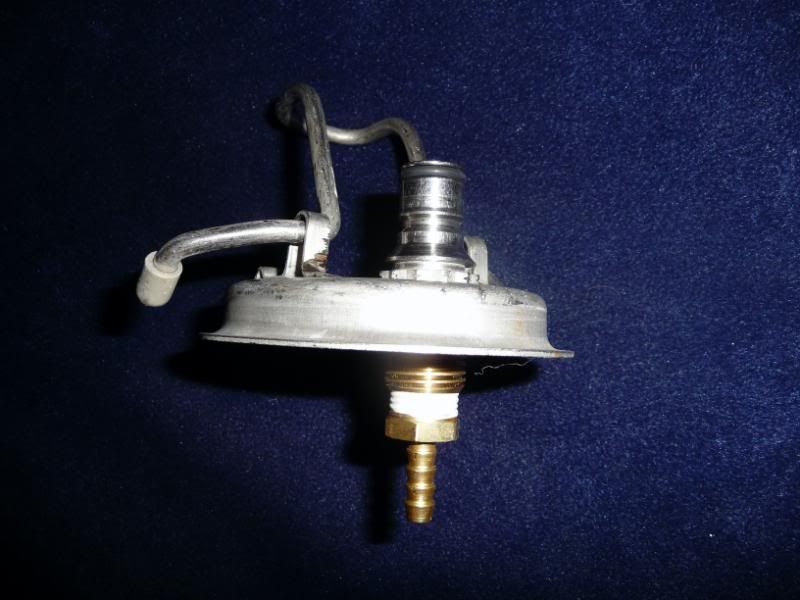Is wiki wrong?
Another interesting tidbit lower down is:
It sounds like the higher pressures used for burst carbing does cause a higher percentage of carbonic acid to form. It will take a little bit of time for it to equilibrate back to the new lower pressure that you set it to. Olllllo suggested a day or so. I think it's accurate enough.
Carbonic acid (ancient name acid of air or aerial acid) has the formula H2CO3. It is also a name sometimes given to solutions of carbon dioxide in water, which contain small amounts of H2CO3.
Another interesting tidbit lower down is:
* For a CO2 pressure typical of the one in soda drinks bottles (\scriptstyle P_{CO_2} ~ 2.5 atm), we get a relatively acid medium (pH = 3.7) with a high concentration of dissolved CO2. These features contribute to the sour and sparkling taste of these drinks.
* Between 2.5 and 10 atm, the pH crosses the pKa1 value (3.60) giving a dominant H2CO3 concentration (with respect to HCO3−at high pressures.
It sounds like the higher pressures used for burst carbing does cause a higher percentage of carbonic acid to form. It will take a little bit of time for it to equilibrate back to the new lower pressure that you set it to. Olllllo suggested a day or so. I think it's accurate enough.



